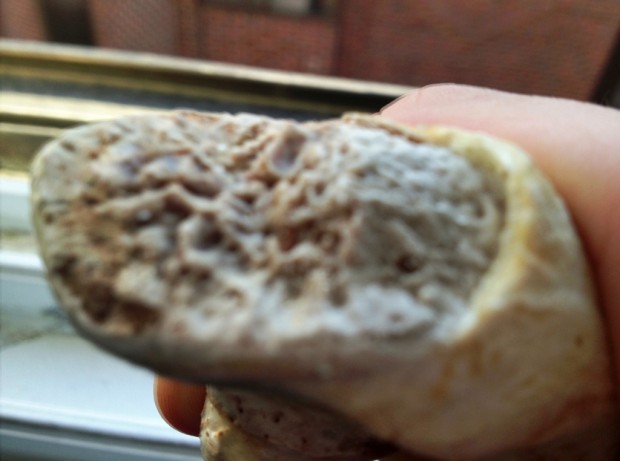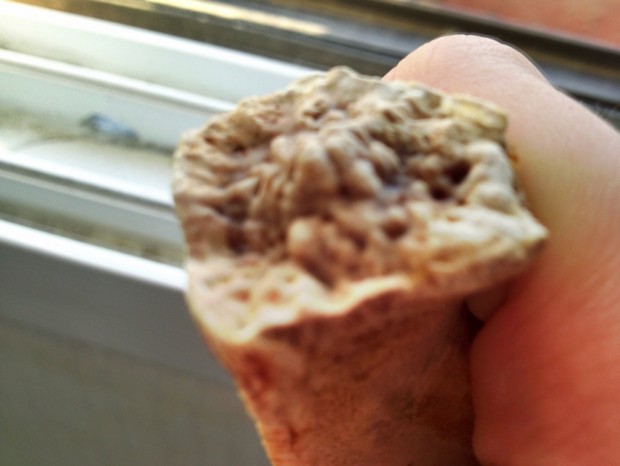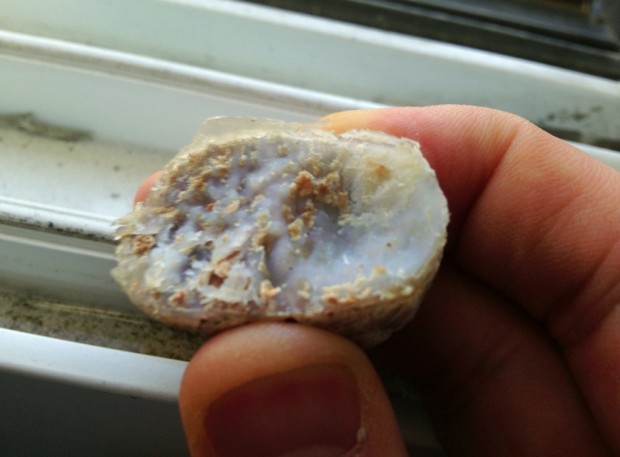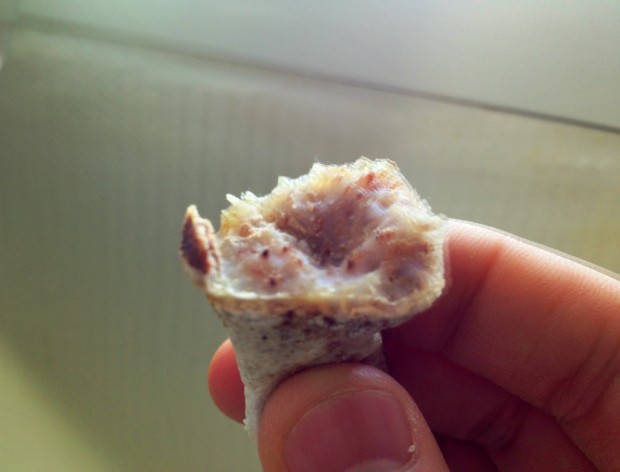When I was traveling out of the country recently, I decided to not bring along my laptop, which has become a source of constant focus and obsession for the last 5 months ever since I got it. I realized that I had become too dependent on it and needed to take a break. So I left my laptop at home, brought an iphone along for emergencies, and instead carried two books which I had been intending on reading for at least a year now since I bought them last year. One of them was a National Bestseller “The Number: What Do You Need for the Rest of Your Life and What Will It Cost?” written by Lee Eisenberg, who was previously an editor for the magazine Esquire. The other was “Seeking Wisdom: From Darwin to Munger, 3rd Edition“ by Peter Bevelin. I found that both books were very enlightening in helping gain a better perspective on life and the challenges that accompany it. While “The Number” focused mainly on how the influence of money seeps into the psyche and lifestyle choices of people which determines whether they will ever retire in comfort, “Seeking Wisdom” was about how to learn the correct mental models in analyzing and understanding the world around us so that we can avoid unnessesary mistakes and pain in life. I am still working on finishing “The Number”.
I wanted to focus on the 2nd book, because I felt that the book was critical in helping people in learning how to think clearer and accurately in life. It was originally written to account the many thinking processes of extraordinary men but the main focus was on Omaha Billionaire Charlie Munger’s mental models, with brief points made by his extremely famous and wealthy Warren Buffett, Richard Feynman, role model Benjamin Franklin, and many other famous influential people in history. The book has helped me again take a step back from the problem and research and see it more objectively. While the book has helped me gain many insights and paradigm shifts, I have reached two major revelations from reading the book that can be applied to this endeavor.
First, I realized that the problem I am trying to find a solution to has never been defined clearly, in a way that can help researchers and scientists can accurately measure and reproduce. I think that I have already done a clear job in defining clearly what exactly is the problem from many of my previous posts. But to restate clearly again…
The Problem Defined: Find a way to increase a person’s overall height after they have achieved physical maturity (ie. All their growth plate (physis) cartilage is gone through the normal endochondral ossification process) using a method that is NOT limb lengthening surgery. A key point to add is that the method, technique, and strategy must achieve a height difference/height increase beyond just the normal height deviations we find between day (after waking up from bed) and night (before going to bed) height from intra-vertebral disk compression. If I was to be even more exact, I would say that the set point, the exact amount needed for irrefutable proof that the method works (within say 3 sigma/ standard deviations) is at least 1 cm of height increase achievement, from measuring the height at the point of tallest before the technique was implemented.
To gain the accuracy we are looking for I would suggest applying the rules I had stated before in the previous post “$10,000 For 5 cm Height Increase Challenge!“. The rules of the post is to remove as much as possible the chance of cheating, making false or wildly exaggerated claims, measurement errors, and random deviations found from multiple measurements.
Second, and this is the point which I realized may be far more important, is that I have never defined the problem in a way that allows me to solve it, at least within in a reasonable time frame, hopefully within my lifetime. I remember the life coach Anthony Robbins from a Youtube video once talking to an audience member and after they finished describing the problem that is causing them so much anxiety and stress in their life, his first statement was to ask the rest of the audience members whether she has managed to define (or redefine) the problem in a way that can be solved. The book brought the point back into my consciousness and I realized just how critical this idea was. As a person who has been educated and trained to be an engineer, I feel rather ashamed that I forgot one of the principle ideas of being an engineer. The job of an engineer is to solve problems. However, to solve a problem we have to know that the problem can even be solvable. In higher level mathematics where everything turns into proofs and theorems, one of the key points is that ask the question “Does this problem even have a solution?”. In mathematics, this is known as the “Existence Question”. After that, the mathematicians ask “Does this problem have one specific answer, or is there more than one solution, like two solutions, imaginary solutions, or an infinite number of solutions. This is known as the “Uniqueness Question”.
So the idea is “Can this problem be solved in the way we have defined it?”. After careful thinking, I realized that it can actually be easily solved, and by a large portion of the public. The reason is because that even a reasonable stretching routine or yoga class could cause that 1 cm of increase in height. We saw in previous post like “Comparing Pilates, Alexander Technique, And Chiropractor. Which Method Gives The Most Height Increase?” there are many ways we can decompress/stretch the back/vertebrate that will lead to at least some temporary height increase. It seemed from that previous post that the Alexander Technique can lead to the most height, but the results will obviously vary for different people in different situations. This reveals that the problem is solvable so our definition of the problem must be more restrictive, with at least two more rules.
- Addition #1: The increase we gain must be at least mostly permanent, which means the increase we see should not retract and become smaller later on.
- Addition #2: The increase we gain and the method we use should hopefully be more than just using stretching & yoga, since stretching & yoga leads to height increase that is not permanent, most of the time.
The last idea that would be worth adding is over the issue of invasive-ness. The reason why most people choose not to go through with the limb & leg lengthening surgery is that it is…
- Extremely painly, almost unbearable at times
- Risky, from surgical complications leading to deformations, limb length discrepancies, walking gait issues, and infection
- Very expensive, ranging around the $20,000-$100,000 for just one surgery process
- Time intensive – it requires at least 2-3 months to get the bone distraction, another 2-3 months for bone closure, and another 6 months for healing and physical therapy. Note: if one chooses to go with the internal method, their will be at least 2 major operations, the last one requiring removal of inserted object. This will make the entire procedure be another additional 1 year. Most people say the entire process takes about 2 years for complete recovery using the traditional, external ilizarov method.
- Leaves scars and cosmetic deformity.
- Does not give the results people really want. While most of the emails that come to me ask for 6-12 inches of extra height, the limb lengthening can only do at maximum 7-8 cm (3 inches) for each bone, for each surgery/distraction process.
This shows that the last major thing we have to consider, and the reason why the Limb Lengthening idea is removed is from so many complications and challenges, is that the idea, method should hopefully be at best, completely NON-INVASIVE. However, I realize that if that is set as a full requirement, the problem may be far more complicated than thought.
From a personal belief, I feel that if we focus only on trying to find a completely non-invasive method, the time it would take to find a solution may not be within reasonable time frames. This is why I decided to add the last restraint, the issue of time frames. I am reasonably confident that as long as biotechnology and engineering progress, one day we will find another idea besides limb lengthening to lengthen bone, but that may be 100, even 200 years away.
From the website emails, I have been getting emails from people who wanted to express their own opinion on the subject, and they propose the idea of nano-bots to target certain body regions to regenerate all the original growth plates while at the same time removing the hard bone material. These ideas I get sometimes sounds like something from science fiction movies, so I am never sure not only whether that idea is even possible, but also when they could be applied if they did come into existence.
To shorten that time frame, I choose to define the problem in a way to look for a solution that is at least partially invasive. I am willing to go with ideas involving cutting, implanting, and injecting into bone and cartilage, as long as the procedure is relatively fast, cheap, lower pain duration/time, and has a fast heal rate. This is why I have been focusing on the idea of So to redefine the problem again in a clear, accurate way, in a way that makes the problem solvable within a reasonable time frame…
The Problem REDefined: Find a way to increase a person’s overall height after they have achieved physical maturity (ie. All their growth plate (physis) cartilage is gone through the normal endochondral ossification process). Required points…
- The method of osteogenesis distraction/limb lengthening surgery is not used.
- The method, technique, and strategy must achieve a height difference/height increase beyond just the normal height deviations we find between day (after waking up from bed) and night (before going to bed) height from intra-vertebral disk compression.
- The set point, the exact amount needed for irrefutable proof that the method works (within say 3 sigma/ standard deviations) is at least 1 cm of height increase achievement, from measuring the height at the point of tallest before the technique was implemented.
- The method should be relatively permanent, and should sustain for at least 1 years time without retracting.
- The method should be preferably non-invasive, but can be partially invasive, but…
- The method should be found and be achievable within a 20-30 year time frame. Best case scenario is a medical/biotechnological device, technique that will be implemented within just a decade.




